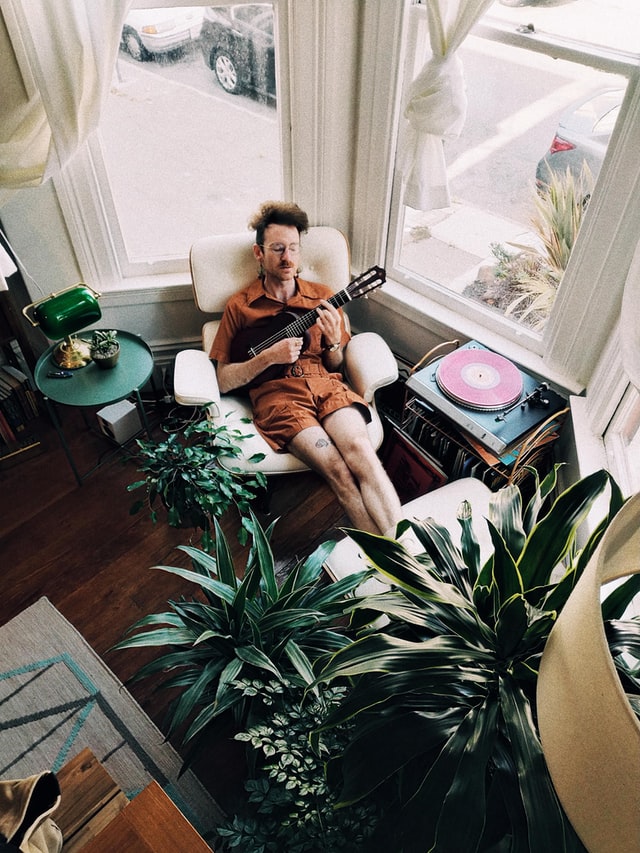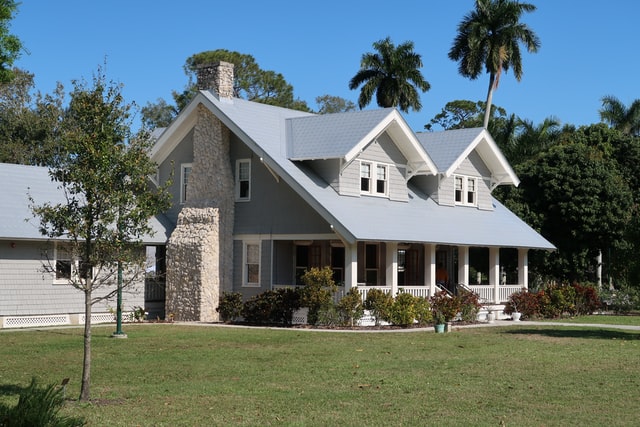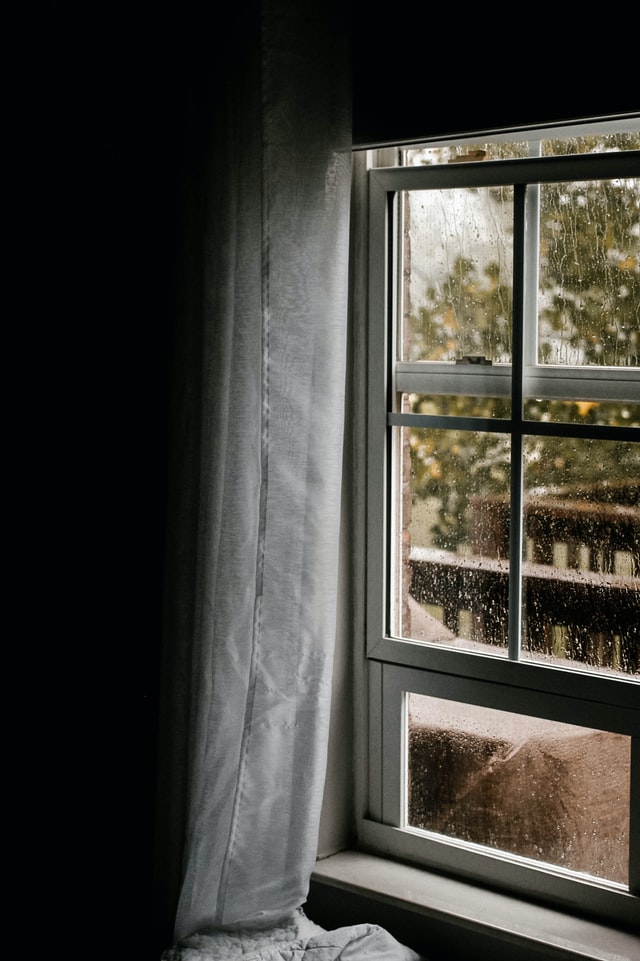The best way to turn a profit through real estate is with investment property. Flippers certainly wouldn’t do what they do without some return on investment, but the return is much greater if you’re keeping the property and renting it out. Of course, not everyone can afford to make that type of investment, but if you can, these tips will help ensure you do it right.
It should be obvious that your bottom line is important, so make sure to take a look at average rent values in the area where you’re buying. If it’s not enough to cover whatever your costs would be, look elsewhere. Also keep in mind vacancy rates; investment property won’t bring in any money if the properties are all being left unoccupied. The second factor is location. You can change a lot about a home through renovating or even demolishing it and rebuilding, but what you can’t change is where the plot of land is. The properties with the highest rental values tend to be in areas near good schools, recreation, and public transport, that are quiet and have a low crime rate. The final thing to look for depend on current trends, so be sure your information is up to date. Short of demolishing the home, it’s quite difficult to change a property’s overall floor plan. By contrast, peoples’ floor plan preferences do change over time. A home with a modern floor plan is most likely to be well received by tenants.
Photo by Sergey Zolkin on Unsplash














